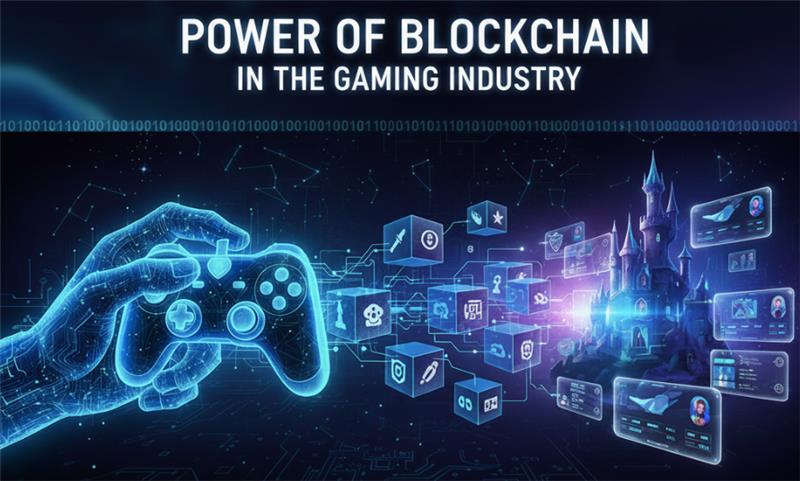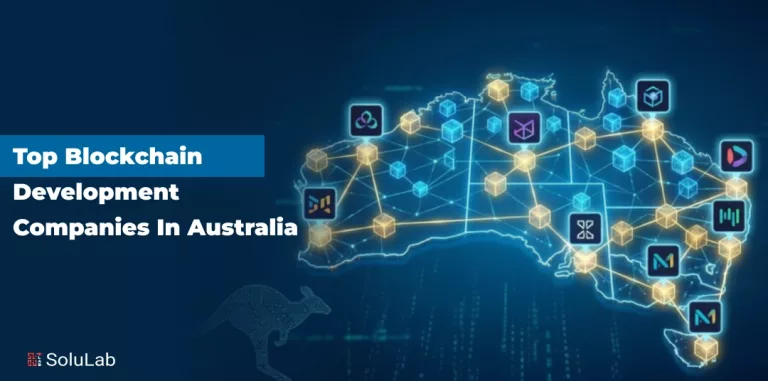
The Power of Blockchain in the Gaming Industry: Tokenization, NFTs, and Play-to-Earn Models
Gil Penchina once said: “Mobile was internet 2.0. It changed everything. Crypto is internet 3.0.”
Crypto, and the technology it runs on, the blockchain (AKA distributed ledger), has impacted many sectors. This includes the gaming industry.
From arcade games to immersive worlds, ardent gamers have seen the sector evolve in real-time. But now, the next big thing is blockchain in gaming. The distributed ledger gaming movement is paving the way for a new ecosystem that allows creators, players, and game developers to get a piece of what happens inside the game and outside the game.
Blockchain and the Gaming Industry
The use of the distributed ledger in gaming is changing how people play games. It has also transformed the manner in which transactions once occurred. Every sale and purchase is recorded on the distributed ledger. This delivers a level of transparency that traditional gaming never had.
All thanks to distributed ledger technologies, gaming platforms can morph into areas for decentralized gaming.
This is the case on role playing games, where the ownership of digital assets such as skins, weapons, and other add-ons can be validated on the distributed ledger. Similarly, businesses in the UAE are exploring how they can leverage digital assets as a part of their corporate digital strategies.
It’s 2025, and the global blockchain gaming market is now valued at $21.6 billion. By 2030, it’s estimated that this sector will be worth around $1.2 trillion.
These figures prove one thing: blockchain-based game playing isn’t just another fleeting trend. Rather, the market is projected to keep growing. This market growth suggests that more and more companies will adopt the integration of distributed ledger technology in a bid to develop distributed ledger-based gaming platforms where users can own and sell digital assets without hassles.
Integrating Blockchain Technology Into Games
Integrating distributed ledger technology gives developers the opportunity of linking players up with real power. By using distributed ledger technology, a blockchain-based game can allow its players earn non-fungible tokens (NFTs) that can be traded for cryptocurrencies.
A game based on the distributed ledger isn’t an ordinary video game. It’s one where players collect rewards for their adventure. These rewards take the shape of digital assets available on different distributed ledger networks or wallets. This means that gamers can take what they’ve gotten from one game to other games and platforms, revolutionizing what traditional games had to offer.
The benefits of the distributed ledger doesn’t end there. The distributed ledger allows users to buy and sell items safely, all thanks to its combination of symmetric and asymmetric encryption protocols. That said, this ledger enables gamers to monetize content and applications.
Ella Houghton, an iGaming expert, says that while distributed ledger technology has permeated the game playing sector, the technology is creeping into the online casino industry. These days, you’ll find old and brand new online casinos — the review examines platforms where players can use cryptocurrency to deposit and withdraw funds, as well as assess how these technologies are integrated into the gaming process.
Blockchain Technologies Has Revolutionized the Gaming Industry
Blockchain technology has revolutionized the industry by developing fair and transparent player economies.
The integration of a distributed ledger in games has resulted in better security. This is because the underlying distributed ledger technology gives people the luxury of verifying trades. The creation of gaming platforms that are based on distributed ledger systems has made fraud non-existent and paved room for new game playing structures.
These use cases echo this Adam Draper quote: “The blockchain does one thing: it replaces third-party trust with mathematical proof that something happened.”
Crypto gaming is a perfect example of how the blockchain paves the way for seamless game playing operations. You’ll even find virtual casinos that are incorporating distributed ledger tech into their games to ensure fair outcomes without fail.
Popular blockchain games like Axie Infinity shows what the combination of blockchain and game playing looks like when successful. For context, the game is based on the Ronin Sidechain to give players true ownership of digital assets that take the shape of non-fungible tokens.
The Future of Blockchain Gaming
As technology continues to evolve, integrating distributed ledger tech into more games will make the full potential of the distributed ledger a reality.
As it stands, industry analysis points towards the fact that the blockchain gaming industry is still growing. And as more developers get more experience in distributed ledger design, the use of cryptocurrency will become the norm in games.
It’s expected that blockchain-based gaming will continue in its trend of creating more games and platforms that’ll allow players to seamlessly move items across multiple gaming worlds without delay. That said, players will still retain control over their game playing experience and ownership of digital assets.
Industry Analysis and Limitations of Blockchain Technology
Despite all its highs, there are still some limitations to blockchain technology. Some distributed ledger systems have scalability issues and several blockchain protocols have been reported to be slow.
Regardless of these drawbacks, distributed ledger game developers will keep on using blockchain technology to take gameplay and trading a notch further. The benefit is visible: it’ll build trust in games and redefine the gaming experience on all fronts.
Parting Shot
Blockchain gaming has changed how players think about fun and value on their favorite games. This technology is all about handing power back to creators, players, and communities.
Be it console games or casino sites, one thing’s certain: the use of distributed ledger technology is something that’ll never fade into oblivion.



